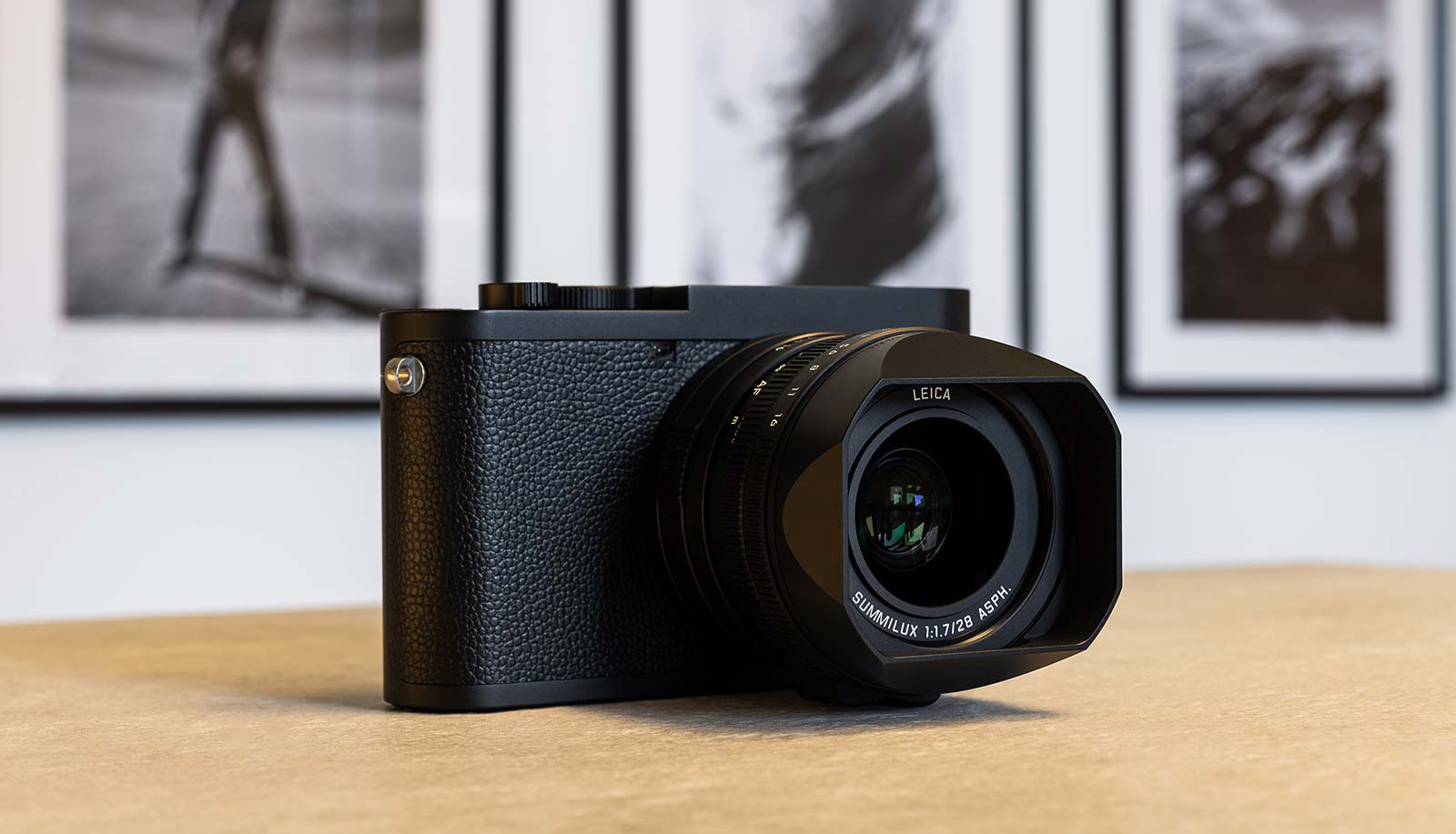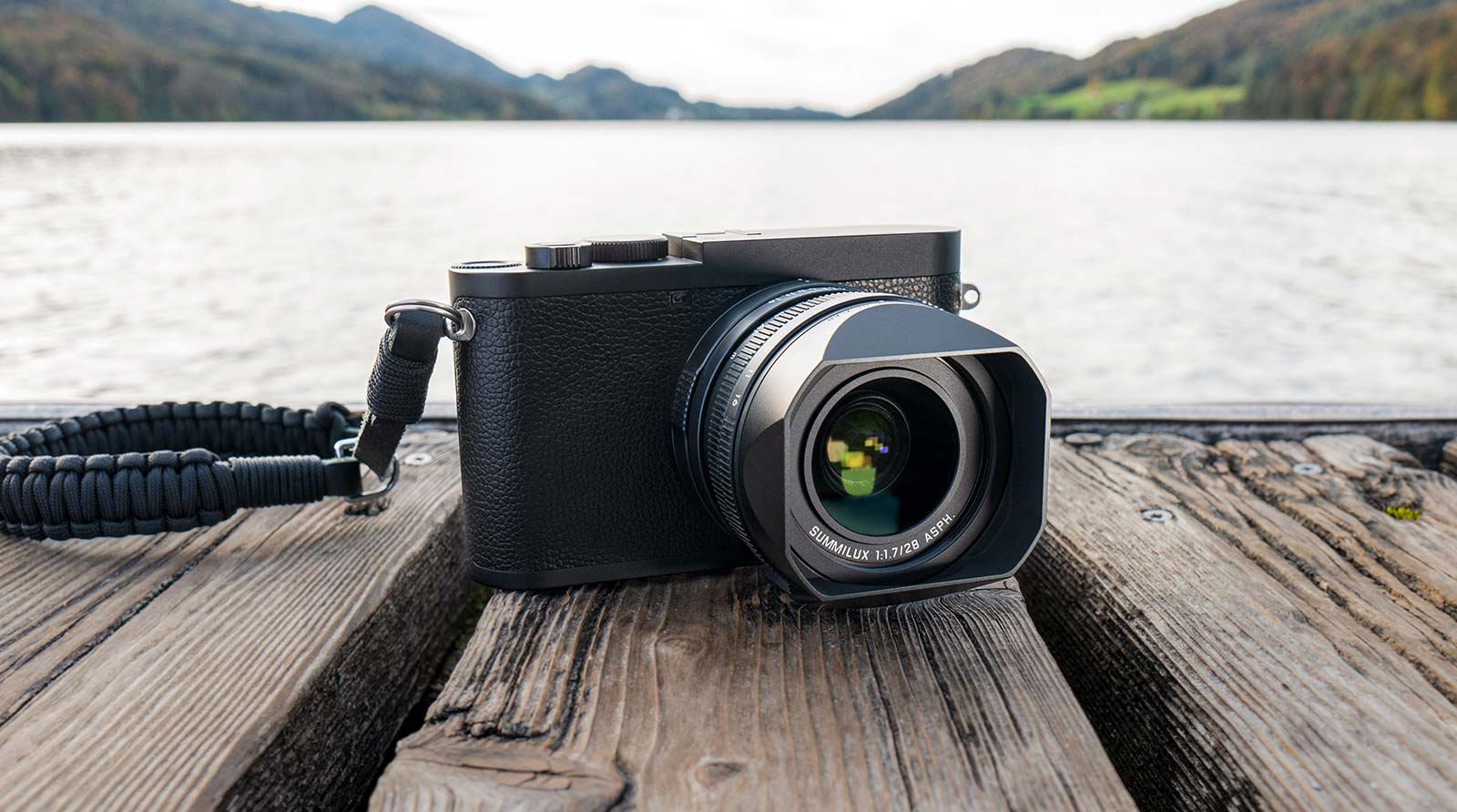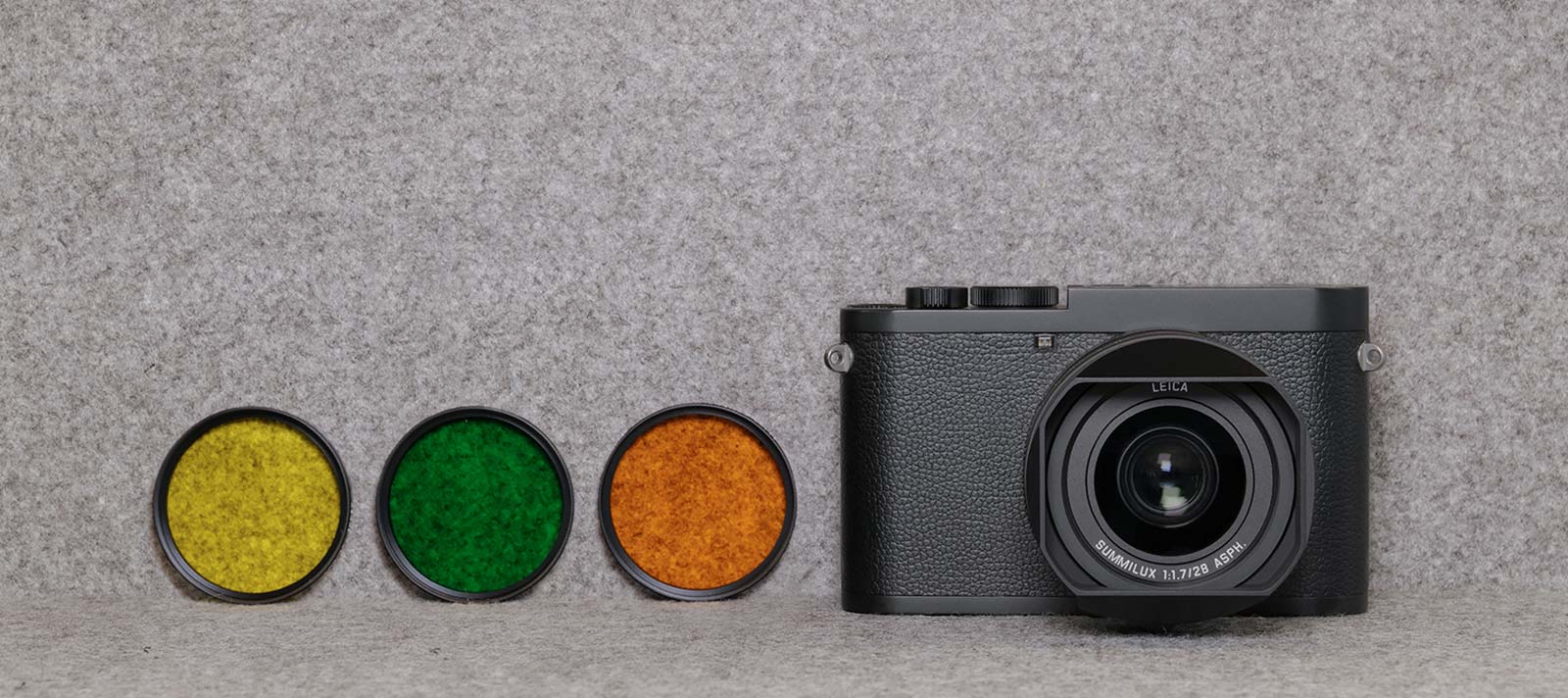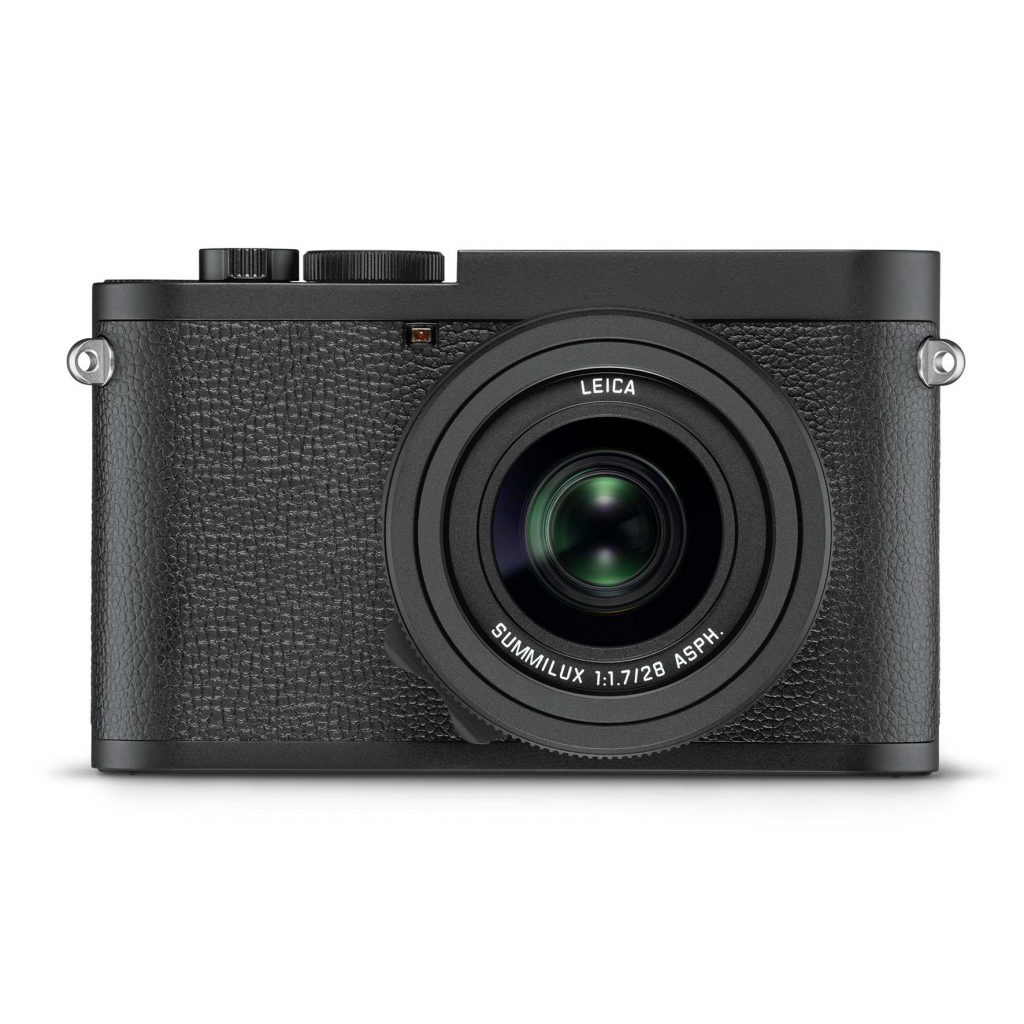You can process any colour photo so that it’s black and white, but Leica’s latest means you can capture monochrome more like film for a classic look.
There are pretty obvious differences between film and digital, but recreating the magic of film in digital is one of the things photographers often try to do. You can take great pictures on any camera, but there’s something about the magic of film that is itself not always found on digital. Often it comes back to the tonality film offers, and typically in film stocks.
You may not recall the good ol’ days of photography, but if you do, it was before digital, before you picked up a camera and just started to take photos endlessly, using a near infinite supply of photos stores on memory card as opposed to film.
Images shot to memory cards can be stored in colour and black and white, while film will use the colour as designated by the film loaded in. That might be colour, or it might be black and white, and some film even has particular tonalities, providing a natural tone, a more vivid tone, or even varying degrees of monochromatic tone.
Classic photographers have likely worked with the latter of these, and if you’re familiar with Agfa, Ilford, Kodak, and Fujifilm, you’re possibly aware just how film can differ between the various film stocks. Each can provide a different look, and one that digital doesn’t always have the best time recreating. Fujifilm is typically the closest in this digital day and age, using special film profiles found inside its own cameras, but not everyone else does.
But one brand certainly gets the classic monochromatic film style more than most, as it is pretty much the origin of where the brand came from.
Leica’s beginnings were with black and white photography, and while its digital cameras can typically do both colour and monochrome images, one of its camera styles is just for black and white, and just for capturing that classic style. Aptly named the “monochrom”, it’s a style of camera that captures imagery to a black and white sensor, unable to capture in colour.
Leica’s experiments with digital monochrome-only cameras typically focus on its interchangeable lens cameras, but this year, Leica is extending that to its Q-series, and setting the entry price a little lower, though not necessarily as far as you might like.
Leica’s Q2 Monochrom is a little more than your standard compact
Launched this week, the Leica Q2 Monochrom may seem initially familiar if you’ve looked at Leica’s other compact cameras, but it’s also a little different.
The Q-series is where this one sits, occupying a spot in the Leica range that offers an advanced compact camera with a fixed lens and a full-frame sensor. That means owners get a full 35mm sensor, paired with a fixed 28mm F1.7 lens that can’t be removed.
The Q2 Monochrom is essentially just the Q2 Leica launched last year in 2019, but there are some notable changes. For starters, the sensor is a special type of camera sensor designed to capture in black and white only, rather than the colour sensors most cameras use that can then be converted to black and white.
That’s a big change, and one that will see the Q2 Monochrom able to be paired with classic filters, such as using the yellow glass filters to make the sky change colour in black and white imagery, or using green to increase the impact in skin tones. It mean the results will be more like classic film stock, which is largely the point.
The sensor on the Q2 Monochrom isn’t just black and white, but also set to a fairly high megapixel rating, offering a 47.3 megapixel sensor, and capable of taking 4K video.
While this is a 47 megapixel sensor paired with a 28mm F1.7 lens, getting closer will mean you’re cropping down the sensor size, closing to a 30 megapixel image if you set the Q2 to a 35mm camera, 14.7 megapixels if you set it to a 50mm lens, and 6.6 megapixels if it’s set to 75mm. While that might not necessarily be an ideal way to zoom, Leica is keeping the aperture at F1.7 throughout, providing a solid amount of depth to work with in the process.
There’s also a sensor capable of handling up to ISO 100,000, meaning the Q2 Monochrom should handle itself in low light quite well, with the camera also built to be fast, offering 0.15 second autofocus and up to 10 frames per second capture rate.
Much of that is similar to the standard colour Q2, and the look isn’t far off, either, complete with a durable design. However any trace that you’re using a Leica, at least from the front, is gone on this model. With no Leica red spot and just a mere stealthy black look, it’s pretty clear the Leica Q2 Monochrom intends to keep you away from the crowd, blending in as opposed to standing out, even including a degree of water resistance, as well.

While we’ve not yet played with the camera, it does look quite impressive, delivering the Q2’s full-frame sensor in a monochromatic way, and pretty much focusing on some of the things that matter about taking pictures, offering a camera set to let you take photos how you feel comfortable, without necessarily confusing you with settings or style.
Price might be the area that throws you a bit of a curve, because like most Leica cameras, expecting the Q2 Monochrom to be affordable won’t necessarily leave you a happy photographic camper. One of the world’s premium camera brands, Leica tends to command a pretty serious price, and while few cameras are cheap, the Leica Q2 Monochrom hits close to $9K, or just ten bucks shy.
That means avid and budding photographers keen to try the monochromatic nature of the Q2 Monochrom can expect to find this unique camera at Leica dealers in Australia for $8990 very shortly.










